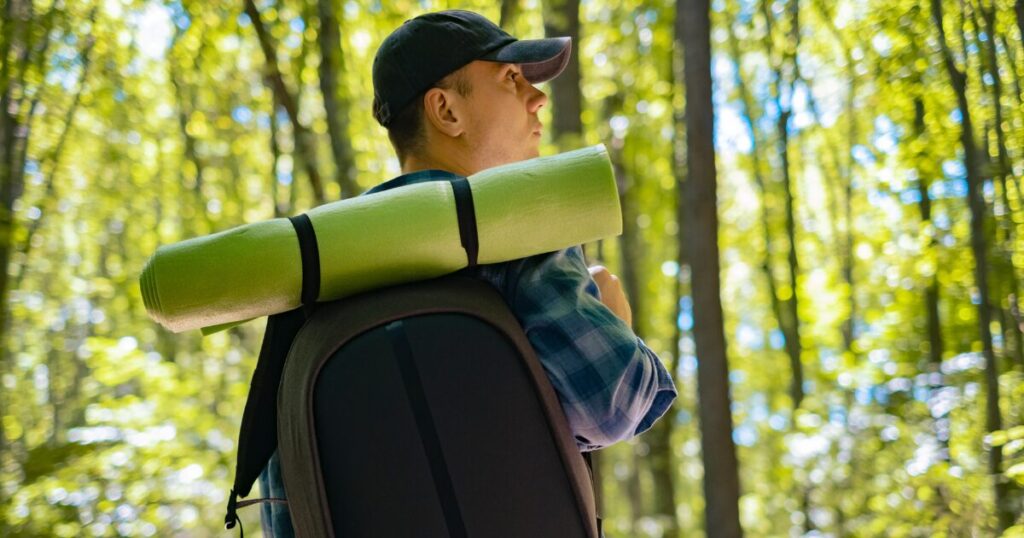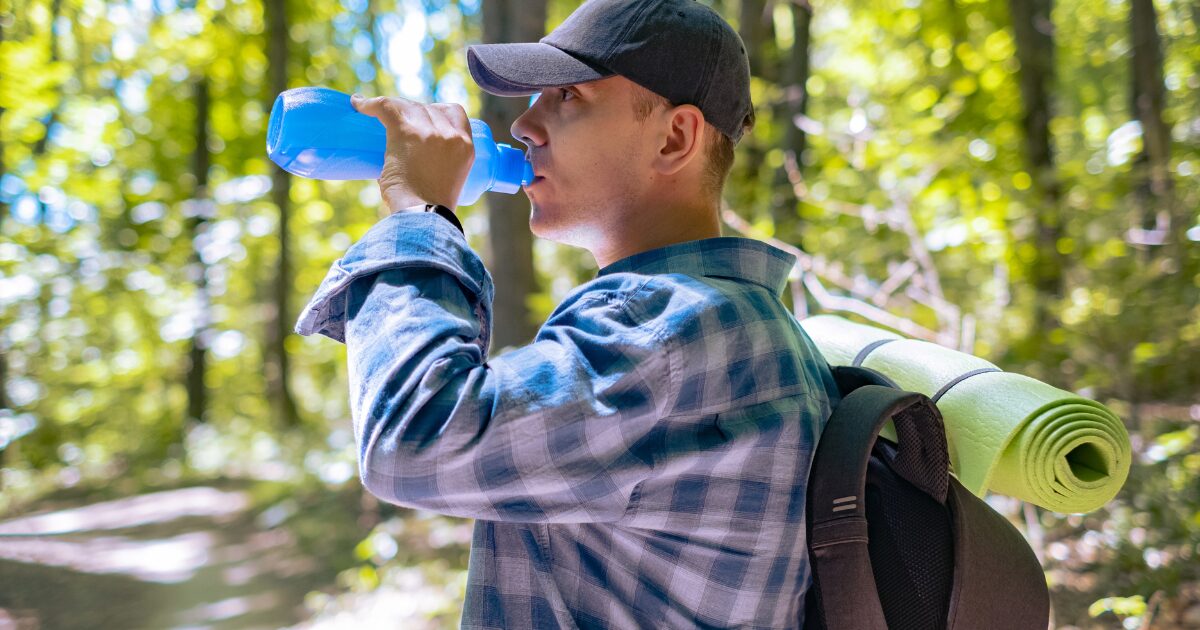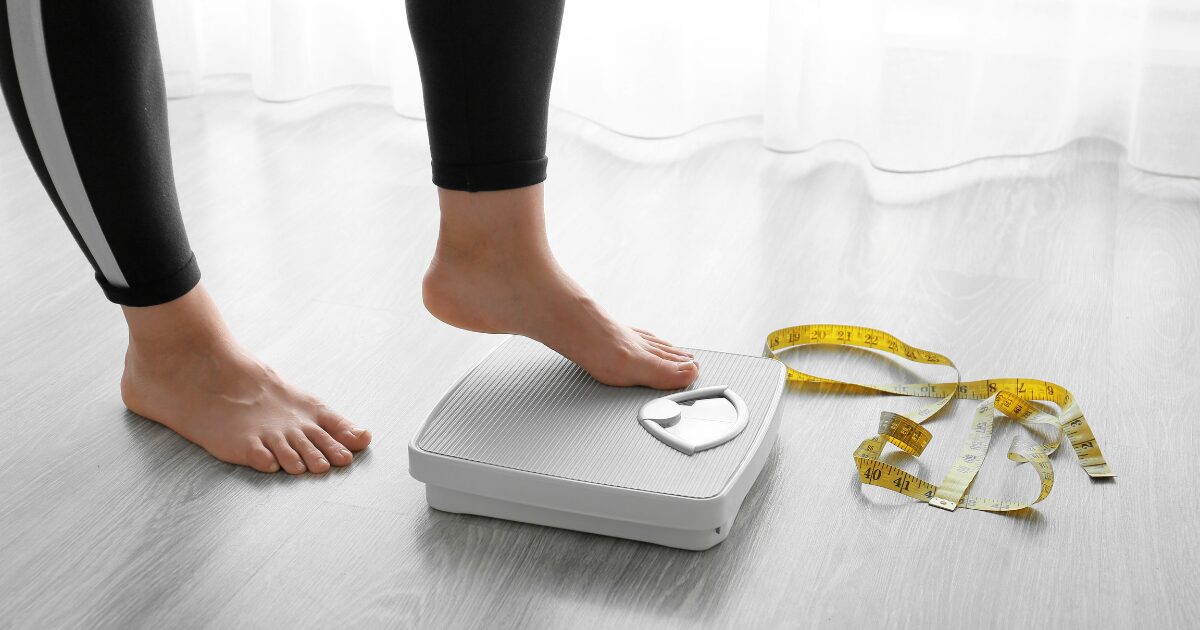Weight loss has become the most significant concern in 2024. Every third person is fighting obesity and weight gain, and they try different exercises and tricks to shed their extra pounds.
But have you ever tried a rucking for weight loss? This cardio exercise has become popular in recent years and works by walking with a weight on your back. This exercise has proved very helpful to maintain your heartbeat and lose weight.
However, you need to be aware of the factors that affect how much you can walk daily with obesity or any cardio disease. Carrying how much weight on your back is also a hot question in rucking. But you don’t need to worry! We are here to answer all your confusion and give you the best solution for weight loss.
What is Rucking for Weight Loss?
Rucking has been carried in the past by people while travelling or by soldiers going to war. So, it’s not new, but the health benefits discovered are surprising. It is a simple exercise in which you carry a weighted bag on your back and walk for a fixed distance or time.
This is a cardiovascular exercise, and it will involve multiple muscles like the upper body, legs, and core. However, its advantages are not limited to here; it also increases your heart rate and the capacity of the lungs. So, it is the best exercise if you have any heart problems.
Now, come to the most significant benefit of rucking, which will improve your overall health: weight loss. Walking with weight strengthens your muscles and targets your calories, and you can burn many calories with it. High-calorie burn means quick weight loss! Sounds interesting?

Difference Between Rucking and Regular Walking or Hiking
Rucking is different from regular walking and running, but how? Let me tell you the key benefit first: It burns more calories. The added weight means your body has to work harder, which is excellent for building strength and stamina. On the other hand, regular walking is gentler on the body.
However, rucking is more versatile than hiking. Hiking requires specific terrain, such as hills, trails, and nature paths, while rucking allows you to go anywhere.
How Rucking Aids Weight Loss?
You may be surprised how rucking can lose weight in just a few weeks. But it’s not magic; it’s the physical and muscular exercise involved in rucking. Here are a few reasons why rucking for weight loss is so effective:
Burns More Calories
One of the most significant advantages of rucking is that it burns more calories than regular walking. By carrying a weighted backpack, your body has to work harder with each step, increasing your heart rate and overall energy expenditure.
Weighting your back equal to 10-20% of your body can help you burn 500-100 calories within 60 minutes. The extra effort means you’re torching more calories, even if just walking moderately.
Builds Muscle While Burning Fat
Unlike other forms of cardio, rucking combines aerobic exercise with strength training. The added weight engages your core, back, and leg muscles. This practice helps you build lean muscle mass.
So you’ll continue burning calories long after your ruck is over. Plus, rucking is low-impact, making it easier on your joints than running or high-intensity workouts.
Stress Relief
Stress can be part of your daily life if you are obese. However, this exercise can help you shed extra weight and give you mental peace. As a result, you can manage your stress level by adding rucking for weight loss to your routine.
Easy to Start
One of the best things about rucking is how accessible it is. You don’t need to go to a gym or fancy equipment. The only required things are a backpack and some weight.
You can start with a manageable load and gradually increase the weight as you get stronger. The simplicity of rucking makes it easy to stay consistent, which is a must for weight loss.

Factors Affecting Calorie Burn During Rucking
Rucking for weight loss is an effective practice to shed your extra pounds. However, several factors influence how many calories you’ll torch during your ruck.
Weight of the Backpack
The weight you carry directly impacts your calorie burn. Heavier loads require more energy, leading to a higher calorie expenditure. However, you need to keep a balance. If the backpack is too heavy, you risk injury and fatigue.
So, to avoid the risks, starting with 10% of your body weight is good. As you build strength, you can gradually increase the load to 20-30% of your body weight.
Terrain and Intensity
The type of terrain you ruck on also plays a crucial role in how many calories you burn. Flat terrain will offer a steady, moderate calorie burn. Yet, it makes it ideal for beginners or recovery days.
However, if you want to maximise your workout, opt for hilly or uneven terrain. You can climb hills and choose rough paths that force your muscles to work harder. It mainly targets your legs and core, resulting in a higher calorie burn.
Duration and Pace
The duration and pace of running also play a vital role in calorie burn. A longer ruck at a steady pace will help you to burn more calories overall. But you can increase the pace to boost calories burned quickly.
Ideally, you can aim for a brisk walking speed of about 3.5 to 4 miles per hour. Add faster-paced walking or jogging intervals with the backpack if your fitness level allows. It can further increase the intensity and calorie burn. However, a 45-minute to 1-hour ruck is a good starting point for most.
Body Weight and Fitness Level
Only the weight on your back doesn’t matter, but you must also consider your body weight. Heavier individuals naturally burn more calories because their bodies require more energy to move.
However, as your fitness level improves and you become more efficient at rucking, your body will burn fewer calories for the same effort. That’s why you need to increase the weight and duration of rucking within time to burn more calories.
Tips to Maximize Calorie Burn While Rucking
Rucking mindlessly is not going to leave you with your dream results. Even your carelessness can cause injuries, and there are chances that you might get it soon. Here are a few tips that can help you get more out of rucking for weight loss:
Choose the Right Gear: Opt for a sturdy backpack designed for rucking. It should have padded straps and a waist belt to distribute weight evenly. You should also choose supportive footwear to avoid injuries.
Gradually Increase Weight and Intensity: Start with a manageable weight, around 10% of your body weight. Then, you can gradually increase it as you get stronger. Similarly, begin with flat terrain and slowly get onto challenging routes to build intensity without overwhelming your body.
Add Interval Training: Mix up your ruck by adding intervals of faster-paced walking or even short bursts of jogging. This variation keeps things interesting and increases your heart rate, leading to more significant calorie burn.
Monitor Your Heart Rate: Monitor your heart rate to ensure you work in the optimal fat-burning zone. Aim for 60-70% of your maximum heart rate to maximise calorie burn while sustaining your ruck longer.
Stay Hydrated and Maintain Proper Form: Hydration is critical, especially during longer rucks. Drink water regularly to stay energised. Focus on maintaining good posture, such as keeping your back straight, your shoulders relaxed, and your core engaged to prevent strain.
Other Health Benefits of Rucking
Rucking is not only effective for weight loss, but it also has several other benefits. Here are a few of them:
Strengthens Muscles and Bones
When you carry a weighted backpack while walking, it involves multiple muscles like the back, core, and legs. This practice will help you build strength over time. Moreover, the load-bearing nature of rucking promotes bone density. It helps you to prevent osteoporosis and maintain overall skeletal health.
Improves Cardiovascular Health
Rucking is an excellent cardiovascular exercise. Regular rucking will help you to improve heart health by increasing your heart’s efficiency, lowering blood pressure, and boosting blood circulation. It can minimise the risk of heart disease and improve overall cardiovascular function.
Improves Mental Health
Rucking is the best way to fight mental issues like stress and depression. Your physical activity will help you eradicate negative feelings and thoughts and motivate you to think positively. When your fitness level increases, you start feeling happier and more confident, which is best to beat stress. It’s also natural to release endorphins, often called “feel-good” hormones. These can help eliminate anxiety and depression.
Supports Joint Health
Unlike other exercises like running, rucking is gentler on your joints. But it still provides a challenging workout. The controlled movements involved in rucking help strengthen the muscles around your joints.

Common Mistakes to Avoid While Rucking
Here are a few common mistakes people make while rucking for weight loss. You should avoid these mistakes to maximise results.
- Overloading the backpack is a common mistake that can lead to injury. It’s essential to start with a manageable load and gradually increase it as your strength builds.
- Another common mistake is ignoring form, such as slouching or leaning too far forward. It can cause back and shoulder pain, so maintain your posture as a straight back and engaged core.
- Skipping warm-ups and cool-downs can lead to muscle strain. So, always include stretching and light exercises before and after your ruck.
- Neglecting hydration can reduce performance and increase fatigue. It’s essential to carry water and sip regularly during your ruck.
- Not adjusting for terrain using the same pace and effort on different terrains can result in burnout or injury. Adjust your pace based on the difficulty of the path.
Conclusion
Rucking for weight loss is an excellent approach to burn extra. It not only helps you to burn calories effectively but also improves your overall health. Having a weighted backpack while walking will make your muscles and joints stronger. It’s not only limited to that, but it can also help you to improve your heart health.
However, you must handle weight, terrain, and pace while rucking. It’s good to start with a little and increase it as your fitness level allows. Remember, no exercise can work alone; you must adapt to healthy eating habits to maintain weight and overall health!
Do You Prefer Running or Rucking?
There are still many people who prefer running to rucking. It has benefits, but rucking is also a great way to lose weight. Which approach do you choose and why? Share your thoughts in the comment section or contact us to tell your weight loss story.
Frequently Asked Questions
Is rucking good for losing weight?
Yes, rucking is effective for losing weight. It combines cardio with resistance training, increasing calorie burn while building muscle. The added weight in the backpack makes you work harder and helps you burn more calories.
How far do you have to ruck to lose weight?
The distance you need to ruck to lose weight depends on factors like your pace, weight, and overall fitness level. Generally, rucking for a minimum of 30 minutes or 3 to 5 miles at a brisk pace a few times a week is good practice.
What are the results of rucking for a month?
The exact weight loss from rucking in a month varies based on factors like your starting weight, rucking intensity, and frequency. However, with regular rucking sessions (about 3-5 times a week), you might expect to lose between 1 and 2 pounds per week, potentially totalling 4 to 8 monthly.
Will rucking get rid of belly fat?
Rucking can help reduce overall body fat, including belly fat. It increases calorie burn and builds muscle, contributing to overall fat loss.
Is it okay to ruck every day?
Rucking every day might be excessive and can lead to overuse injuries or burnout. It’s generally recommended to start with 1-2 times per week. Gradually, you can increase the number to 3 to 5 times weekly.
Is rucking better than walking?
Rucking is generally more effective than walking for increasing calorie burn and building muscle. The added weight will provide you with additional resistance. However, it’s also more intense, which can be harder on the joints and requires a higher fitness level.
What is the ideal weight for rucking?
The ideal weight for rucking typically starts at around 10% of your body weight. As you build strength, you can increase the weight according to 20-30% of your body weight. It’s essential to start with light to avoid injury and adjust the weight as needed.
Is rucking hard on your knees?
Rucking can be easier on your knees compared to other exercises like running. But it still strains your joints due to the extra weight. Proper form, supportive footwear, and gradually increasing the weight can help minimise knee stress.
Is rucking a full-body workout?
Rucking is a full-body workout because it engages multiple muscle groups like legs, core, and back while carrying a weighted backpack.
What are the risks of rucking?
The risks of rucking include injuries from overloading the backpack, such as strains or sprains, and stress on the knees and lower back. You can also face shoulder and neck issues if you follow proper form.





